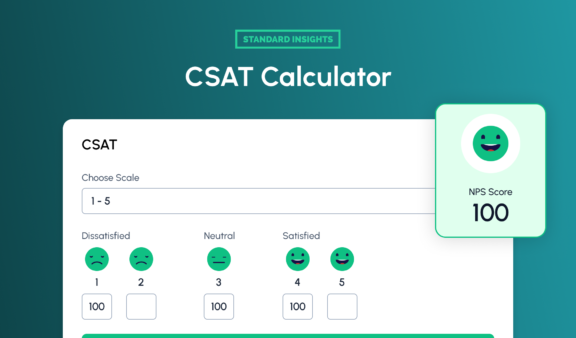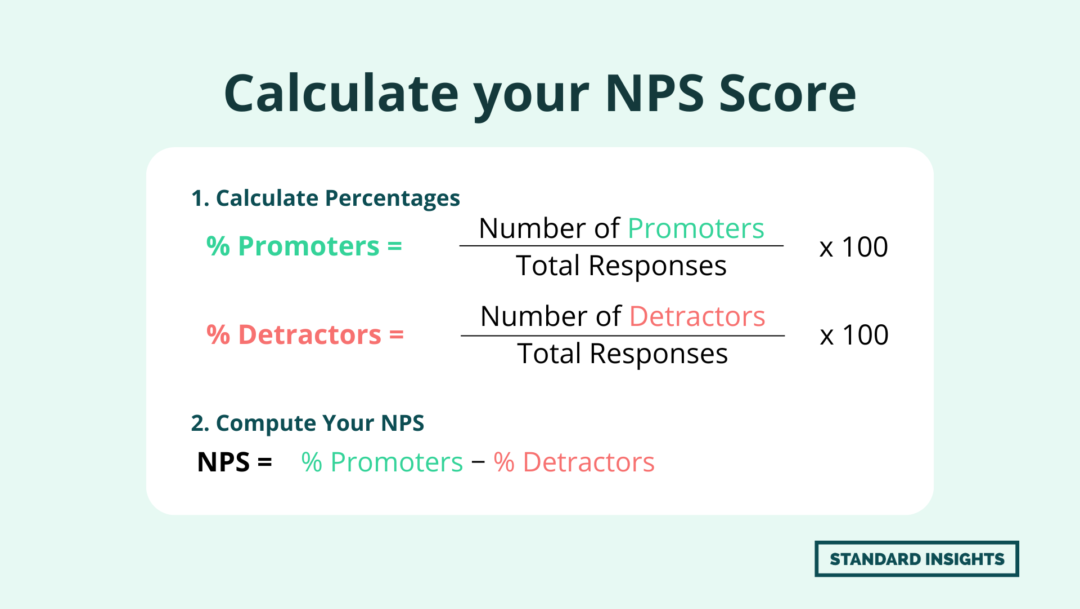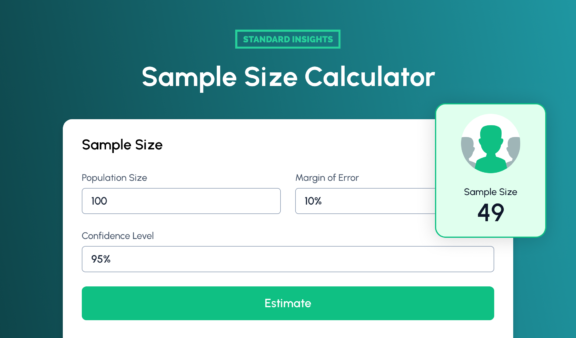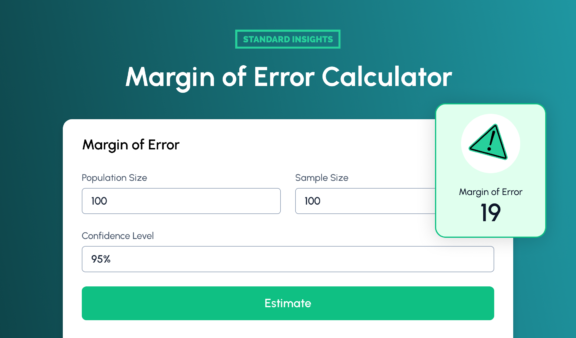
Frequently Asked Question
How often should we measure NPS?
Most companies measure NPS quarterly or bi-annually. However, the frequency can depend on your business type and customer interaction cycle. Regular measurement helps track trends and the impact of customer experience improvements.
Why do NPS benchmarks vary by industry?
How does NPS correlate with business growth?
Research shows a strong correlation between NPS and business growth. Companies with higher NPS typically experience 20% higher growth rates compared to competitors. This is because satisfied customers tend to spend more, stay longer, and refer others, creating a positive cycle of sustainable growth.
What’s the Difference Between NPS and CSAT?
CSAT (Customer Satisfaction Score): Measures customer satisfaction with a specific interaction or product. It helps businesses understand how well they meet expectations at a particular point in time.
NPS (Net Promoter Score): Gauges overall customer loyalty and the likelihood that customers will recommend a company to others. NPS reflects long-term customer sentiment and their commitment to the brand.
Learn more about Customer Satisfaction and how to measure it using our CSAT Calculator.



